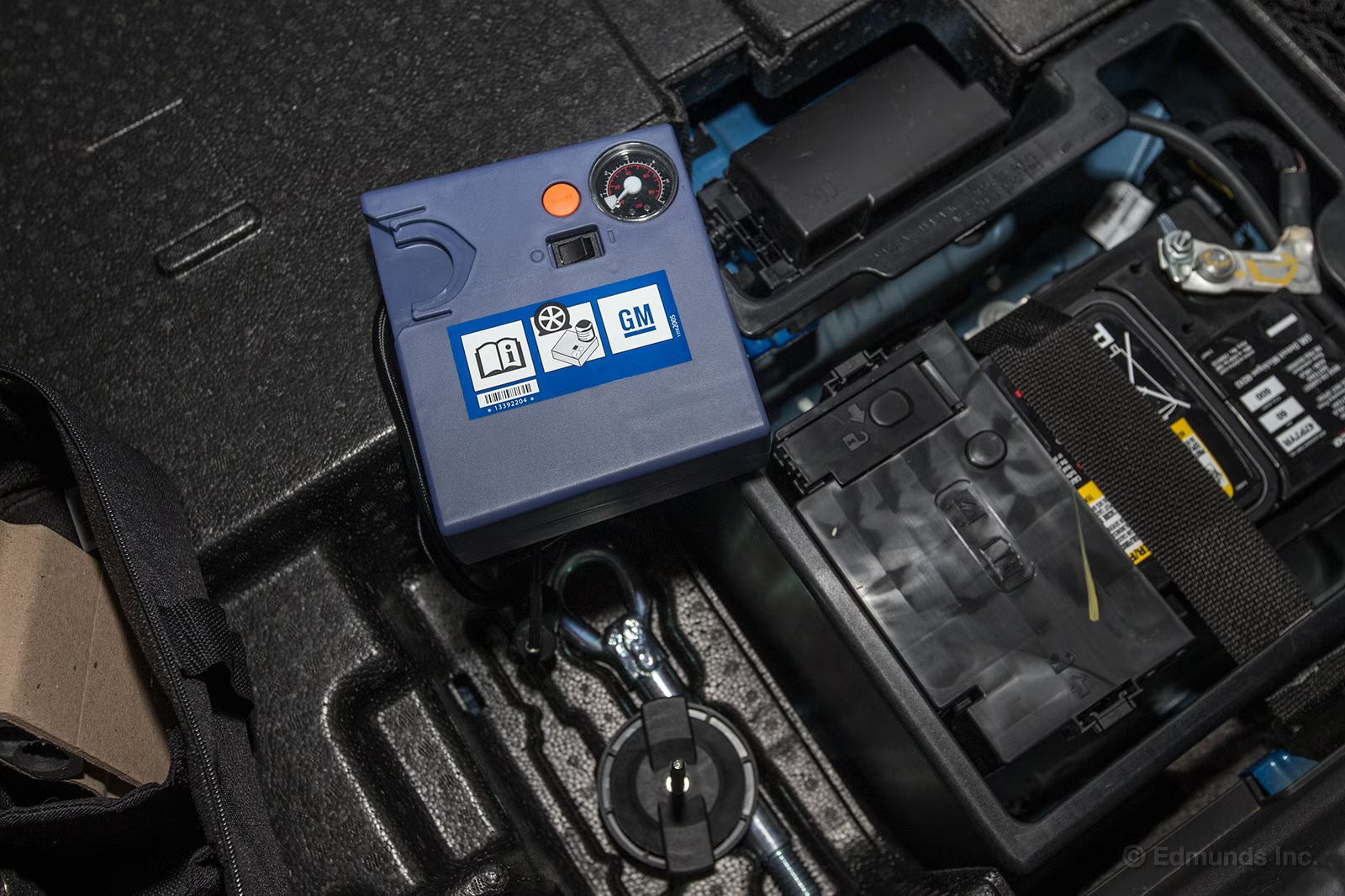Run-flat tires are a lifesaver for drivers. They allow you to keep driving for a limited distance and at reduced speeds even after a puncture. But what happens when you get a nail in your run-flat? Can you simply plug it and get back on the road?
The answer, like many things in car care, is not a straightforward yes or no. Let’s delve deeper into the world of run-flat tires, understand the intricacies of plugging them, and explore the safest course of action for your specific situation.
Understanding Run-Flat Tires
Run-flat tires are specially designed with reinforced sidewalls that allow them to carry the weight of the car for a limited distance even after a puncture. This gives you enough time to reach a safe location to repair or replace the tire. However, it’s important to remember that run-flat tires are not invincible. Driving on a flat run-flat for extended distances can damage the internal structure, rendering it unsafe for further use.
Plugging vs. Patching: What’s the Difference?
There’s a slight distinction between plugging and patching a tire. Plugging involves inserting a rubber plug coated with a sealant into the puncture hole to fill it from the inside. Patching, on the other hand, involves applying a patch on the inside of the tire to cover the hole completely. Patching is generally considered a more permanent and reliable solution compared to plugging.
Can You Plug a Run-Flat Tire?
Technically, yes, you can plug a run-flat tire in certain situations. However, there are several factors to consider before attempting a DIY repair:
-
Tire Manufacturer’s Recommendations: Many car manufacturers and tire companies advise against plugging run-flat tires. Their primary concern lies in the potential compromise of the reinforced sidewall structure during the plugging process. It’s always best to consult your car’s owner’s manual and the tire manufacturer’s specific recommendations for run-flat repairs.
-
Location of the Puncture: Plugs are only suitable for punctures located in the center tread area of the tire. Sidewall punctures are a definite no-go for plugging, as the sidewall structure plays a crucial role in maintaining tire integrity during run-flat situations.
-
Severity of the Puncture: The size of the puncture also matters. Plugs are effective for small punctures caused by nails or screws. However, larger holes or tears in the tire cannot be reliably sealed with a plug.
-
Driving Habits: If you frequently drive long distances or at high speeds, plugging a run-flat tire might not be the safest option. The temporary repair might not hold up under such demanding driving conditions.
When is Plugging a Run-Flat Okay?
Here are some scenarios where plugging a run-flat tire might be a viable option, keeping in mind it should always be a temporary solution:
- You have a small puncture in the center tread area.
- Your car’s owner’s manual and the tire manufacturer don’t explicitly advise against plugging.
- You need a temporary fix to reach a tire repair shop.
- You primarily drive short distances at moderate speeds.
The Safer Option: Replacing the Run-Flat Tire
In most cases, especially when the considerations mentioned above raise any doubts, opting for a complete tire replacement is the safer course of action. Here’s why:
- Preserves the integrity of the run-flat construction. Replacing the tire ensures the sidewall structure remains intact, crucial for maintaining the run-flat functionality in the future.
- Provides a more permanent and reliable repair. A new tire eliminates the risk of the plug failing at an inopportune moment.
- Ensures optimal handling and safety. A damaged run-flat tire might not perform as intended, potentially compromising handling and increasing the risk of accidents.
What to Do If You Have a Flat Run-Flat Tire
If you find yourself with a flat run-flat tire, here’s what you should do:
- Pull over to a safe location as soon as possible. Don’t attempt to drive on a flat run-flat for extended distances.
- Consult your car’s owner’s manual for specific instructions on using the run-flat feature. This will typically involve driving at a reduced speed and for a limited distance to reach a safe location for repair or replacement.
- Change the tire using your spare tire (if your car comes with one) or use the run-flat functionality to reach a tire repair shop. It’s best to have a qualified professional assess the damage and determine the most appropriate course of action, whether it’s plugging, patching, or replacing the tire.
Recommendations for proper maintenance and repair of run-flat tires
Run-flat tires offer incredible convenience by letting you drive a limited distance even after a puncture. But maintaining and repairing them requires a slightly different approach compared to regular tires. Here’s a breakdown to ensure your run-flats stay safe and reliable:
Maintenance:
- Tire Pressure: Regularly check and adjust tire pressure according to your car manufacturer’s recommendations. Proper inflation is vital for optimal performance and extends tire life.
- Visual Inspections: Look for cuts, bulges, or foreign objects lodged in the tread during routine car care. Early detection of damage allows for prompt repairs and prevents further issues.
- Driving Habits: Avoid potholes and harsh impacts that can damage the reinforced sidewalls of run-flat tires.
Repair:
- Consult the Manual: Always refer to your car’s owner’s manual and the tire manufacturer’s recommendations for specific repair guidelines for run-flat tires.
- Plugging vs. Replacing: Plugging a small puncture in the center tread might be an option in some cases, but for larger holes, sidewall damage, or situations where safety is a concern, prioritize a complete tire replacement.
- Professional Help: When in doubt, seek assistance from a qualified tire professional. They can assess the damage and recommend the safest course of action, whether it’s plugging, patching, or replacing the tire.
Additional Tips:
- Spare Tire: Consider investing in a spare tire, especially for long journeys. While some run-flat-equipped cars don’t come with one, a spare provides extra peace of mind.
- Tire Repair Kit: A basic tire repair kit can be helpful for temporary fixes in emergencies, but remember, it’s not a substitute for professional attention.
By following these recommendations, you can ensure your run-flat tires function optimally and keep you safe on the road. Remember, proper maintenance and informed repair decisions are crucial for maximizing the benefits of this innovative tire technology.

While plugging a run-flat tire might seem like a quick fix in certain situations, prioritize safety over convenience. Always consult your car’s owner’s manual and tire manufacturer’s recommendations. If you’re unsure about the severity of the puncture or your driving habits don’t align with a temporary repair, opt for a complete tire replacement. Remember, a healthy run-flat tire is your insurance for a safe journey in case of a future puncture.






